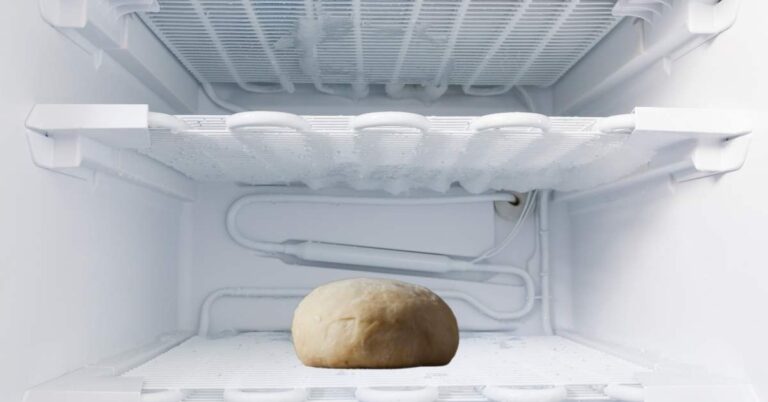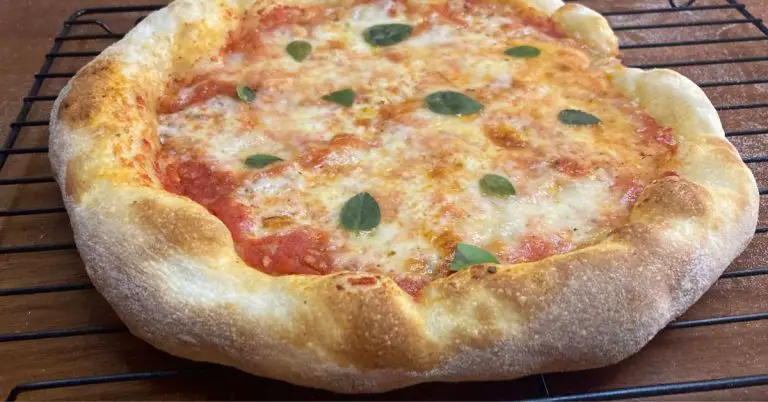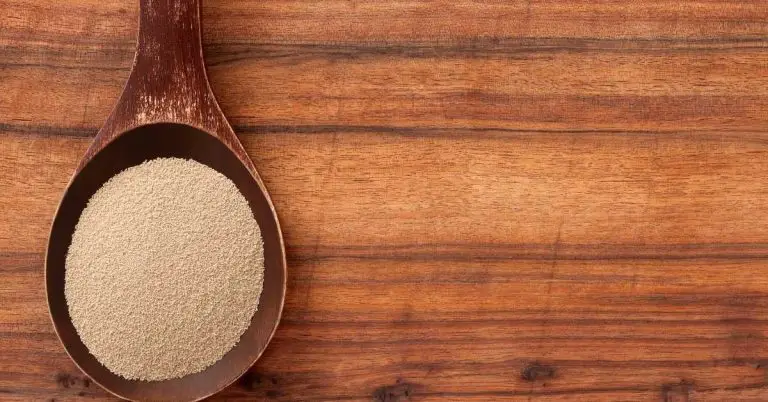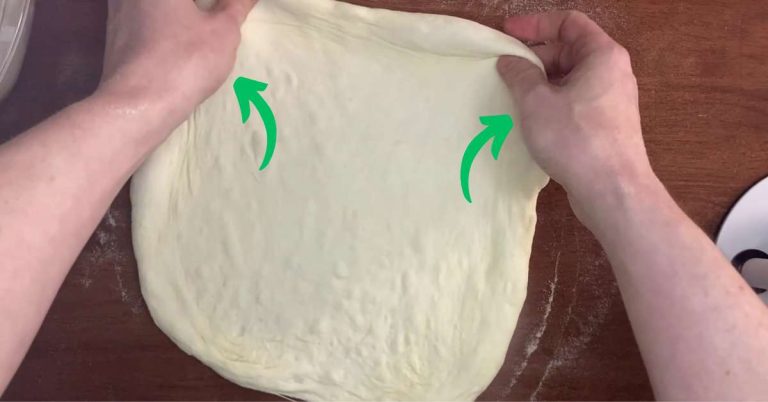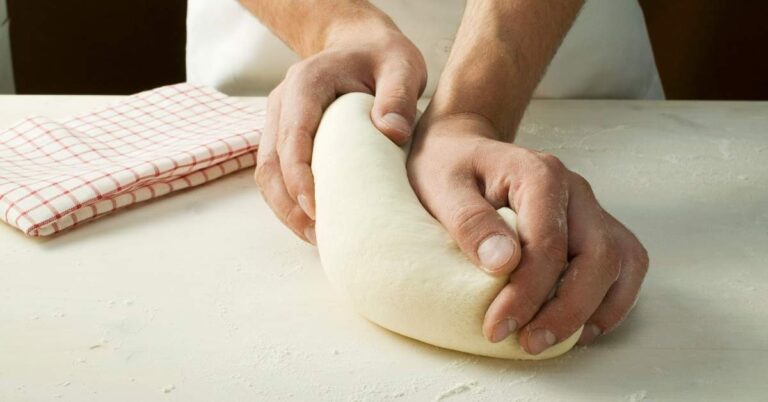Which Flours Work Best for Poolish Pizza Dough?
Choosing the best flours for poolish pizza dough depends on the desired outcome. High-protein bread flours are ideal for developing strong gluten networks, resulting in chewy, elastic crusts. For a lighter, crispier texture, mixing in some all-purpose flour can provide a balanced crust. Experimenting with different flour types can help you achieve your perfect pizza dough.
Have you ever wondered why some pizzas taste so much better than others? A big secret behind that delicious, mouth-watering flavor and amazing texture is something called poolish pizza dough. But, there’s a catch! Not all flours are created equal when it comes to making the perfect poolish. Let’s dive into the world of poolish pizza dough and discover how choosing the right flour can make all the difference.
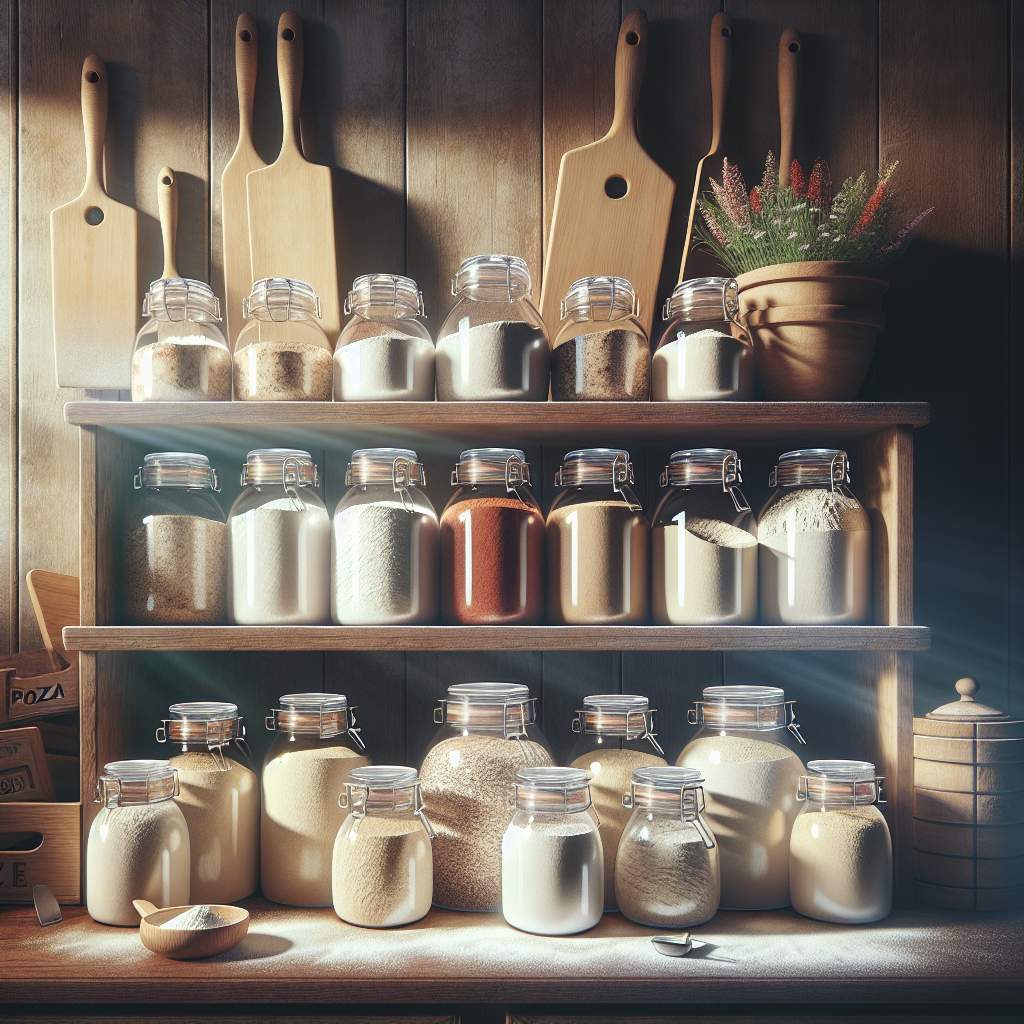
Understanding Poolish Pizza Dough
First off, what is poolish? It’s a type of pre-fermentation used in baking that’s quite similar to a sourdough starter, but not exactly the same. Poolish is a mix of flour, water, and a tiny bit of yeast that sits and ferments for several hours or even days. This process helps in developing a pizza dough that’s not only flavorful but also has a fantastic texture. Using a poolish starter for your pizza dough can really change the game by making your crust light, airy, and full of those tiny bubbles that everyone loves.
Types of Flour Used in Pizza Dough
When it comes to baking, especially pizza, not just any flour will do. There are many types of flour out there, each with its own set of characteristics like protein content, gluten formation ability, and water absorption rate. These factors play a huge role in how your pizza dough will turn out. Will it be chewy, crispy, tender, or tough? The type of flour you choose can determine all of this.
Best Flours for Poolish Pizza Dough: Part One
For those looking to create a pizza with a chewy crust, bread flour is your best friend. It’s high in protein, which is ideal for developing gluten and giving your pizza that desirable chewiness. On the other hand, if you’re aiming for a crust that’s tender on the inside and crisp on the outside, Italian Type 00 flour is the way to go. Its fine grind and balanced protein content make it perfect for achieving that classic texture.
Factors Influencing Flour Choice
Choosing the right flour isn’t just about picking a type and going with it. You need to consider how the protein content will affect gluten development. More protein means more gluten, which can lead to a chewier crust. Then there’s the absorption rate and hydration levels. Flours that absorb more water can make your dough easier to handle and can also impact the texture of the baked crust. Lastly, don’t forget about the flavor! Different flours can add subtle nuances to your pizza, making it uniquely delicious.
| Bread Flour | High protein content; yields a chewy texture and robust flavor. |
|---|---|
| All-Purpose Flour | A versatile option; provides a balance of texture and flavor, suitable for most bread types. |
| Whole Wheat Flour | Rich in nutrients; offers a hearty flavor and denser texture, ideal for rustic breads. |
| Rye Flour | Adds a distinct tangy flavor; produces a dense and moist crumb, perfect for flavorful loaves. |
Best Flours for Poolish Pizza Dough: Part Two
Whole Wheat Flour brings a nutty flavor and more fiber to your pizza dough. However, it has a higher absorption rate, meaning you might need to add more water to your dough. To get the best texture, you can mix Whole Wheat Flour with other flours. This way, you get a nice balance in your pizza crust.
Adjustments needed due to higher absorption rate
When using Whole Wheat Flour, you’ll need to adjust the amount of water in your recipe. This flour absorbs more water, so adding a bit more than usual helps. Keep an eye on your dough’s consistency and adjust as needed.
Combining with other flours to balance texture
Mixing Whole Wheat Flour with other types, like Bread Flour or Italian Type 00 Flour, can give you a great texture. This mix can make your crust chewy and tender at the same time. Try different combinations to see what you like best.
Alternative Grains & Blends
Spelt flour – lighter than whole wheat but rich in flavor
Spelt Flour is a good choice if you want something different. It’s not as heavy as Whole Wheat Flour but still offers a rich flavor. Spelt can make your pizza dough a bit lighter and is great for a unique taste.
Rye flour – distinct taste; use sparingly or blend
Rye Flour has a strong flavor that can change your pizza’s taste a lot. It’s best to use it in small amounts or mixed with other flours. This way, you get a hint of Rye without it taking over.
Creating custom blends based on desired outcomes
Experimenting with different flour blends lets you create the perfect pizza dough. Think about what texture and flavor you want. Then, try mixing flours to get there. There’s no one right answer, so have fun testing out ideas.
Adapting Recipes Based On The Chosen Flour
Tips For Modifying Hydration Ratios
Each flour type might need a different amount of water. Start with the recipe’s suggested amount, then adjust. If your dough is too dry or sticky, add water or flour little by little until it feels right.
Adjusting Kneading Times And Techniques
Some flours might need more kneading to develop the gluten. Others, like Rye, might need less to avoid making the dough too tough. Pay attention to how the dough feels and changes as you knead.
Fermentation Time Variations
Different flours can also change how long your dough should ferment. Whole grains might ferment faster. Watch your dough and let it rise until it’s just right, which might be shorter or longer than your recipe says.
Final Thoughts
Choosing the right flour for your poolish pizza dough can make a big difference in the final product. Whether you prefer Whole Wheat for its fiber and nutty flavor or experiment with Spelt or Rye for unique tastes, the key is to adjust your recipe based on the flour’s characteristics. Remember to modify hydration ratios, kneading times, and fermentation periods as needed. Most importantly, don’t be afraid to experiment with different types of flours and their proportions to find your perfect pizza dough recipe.

